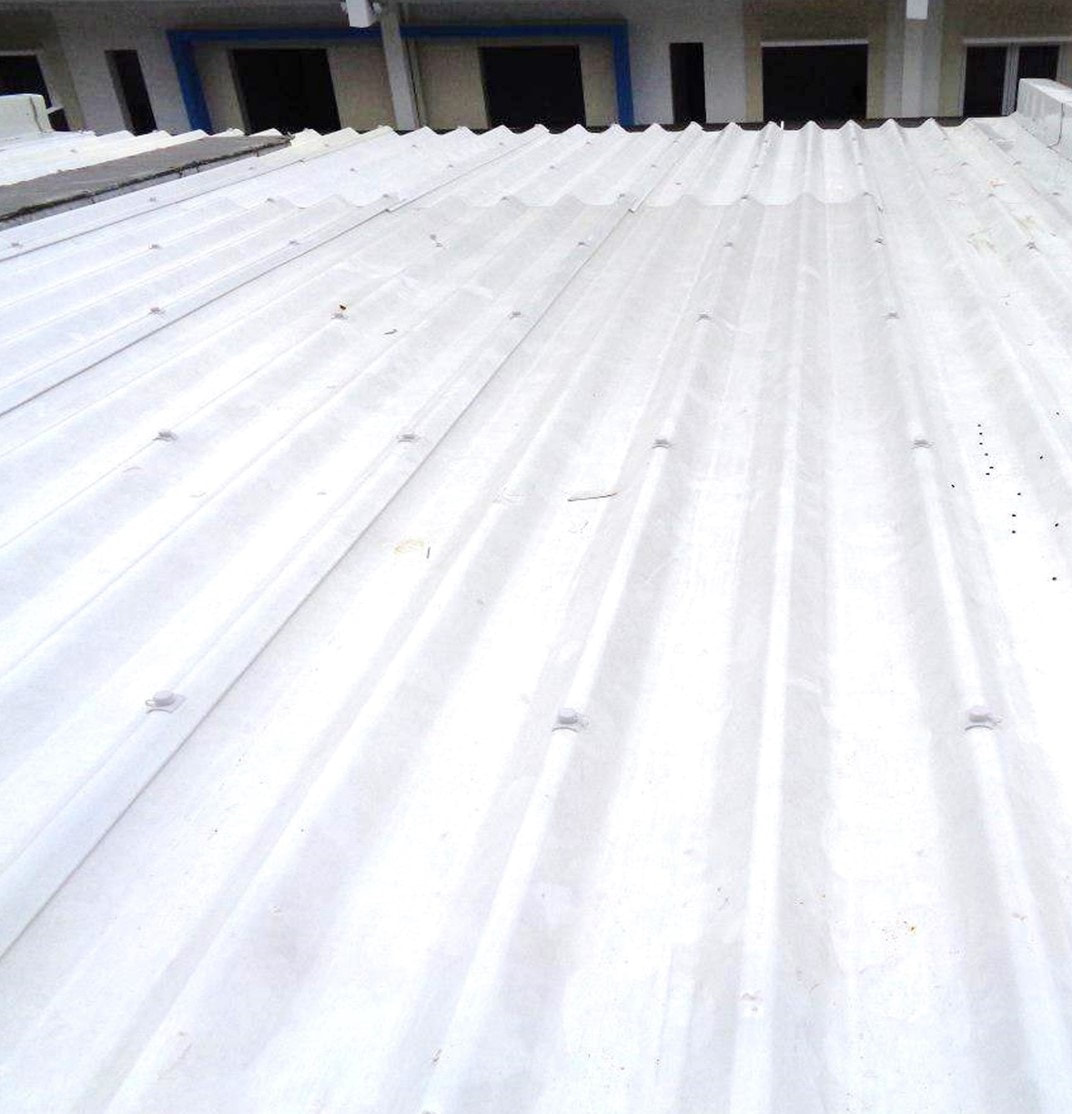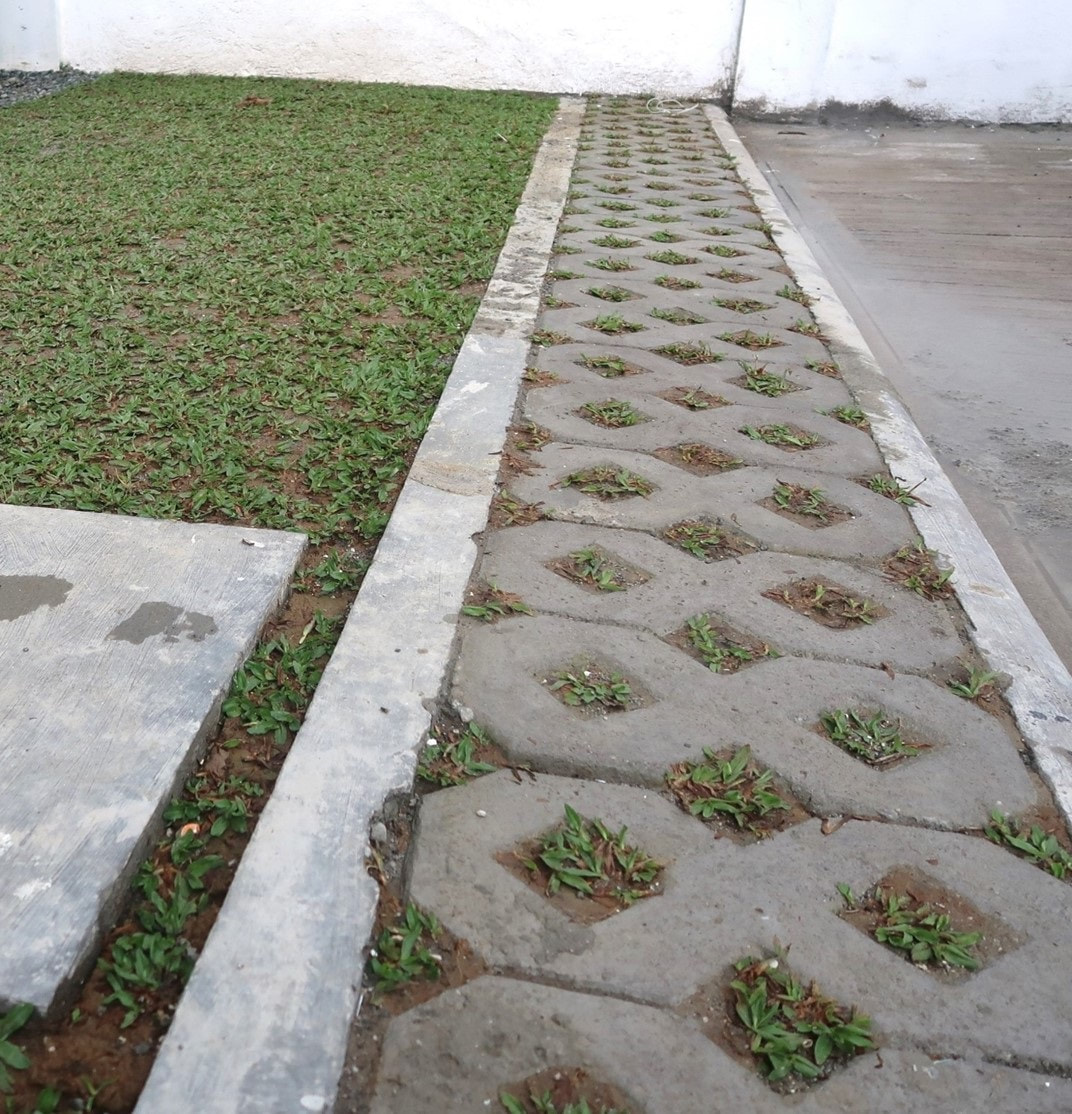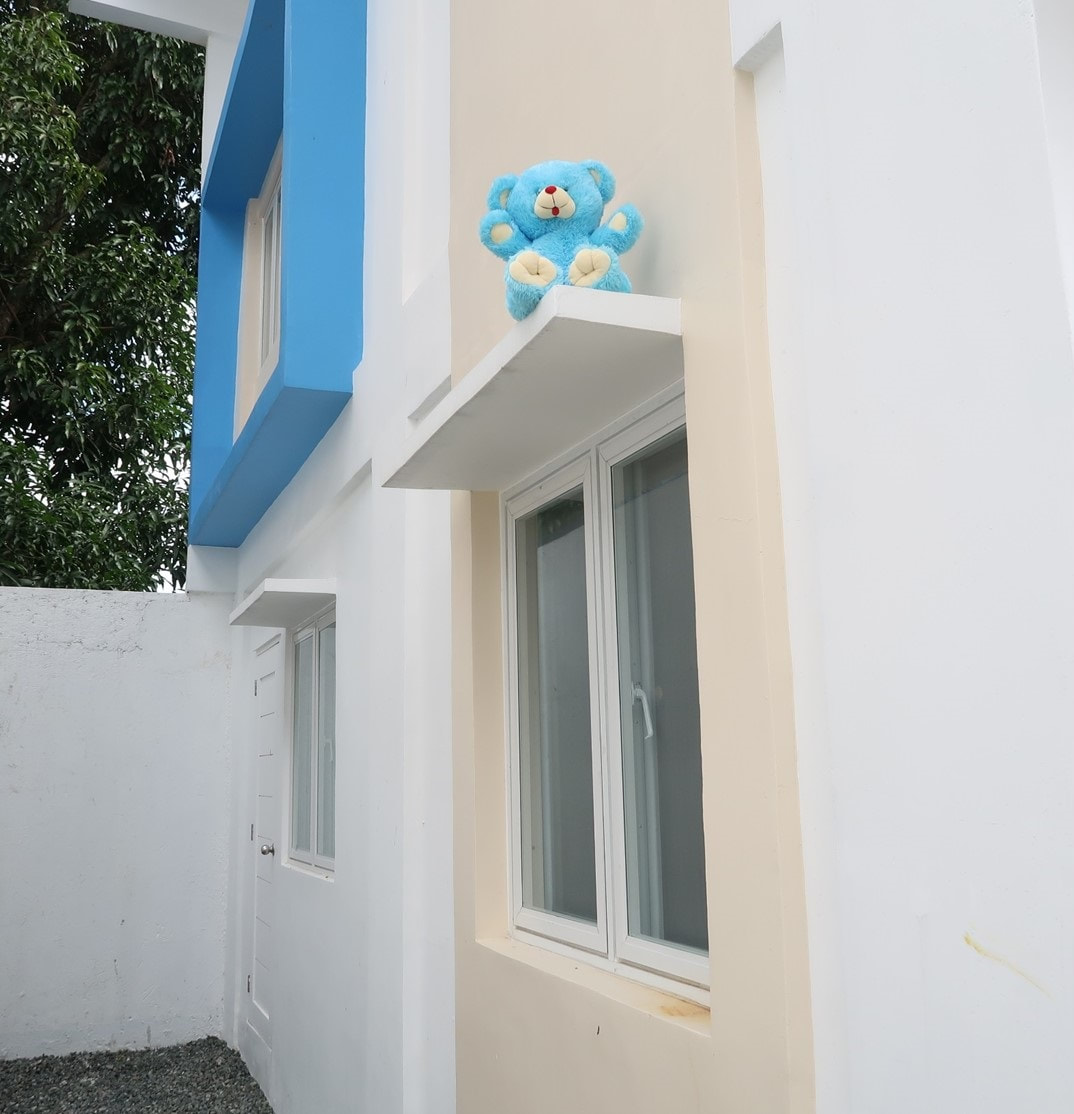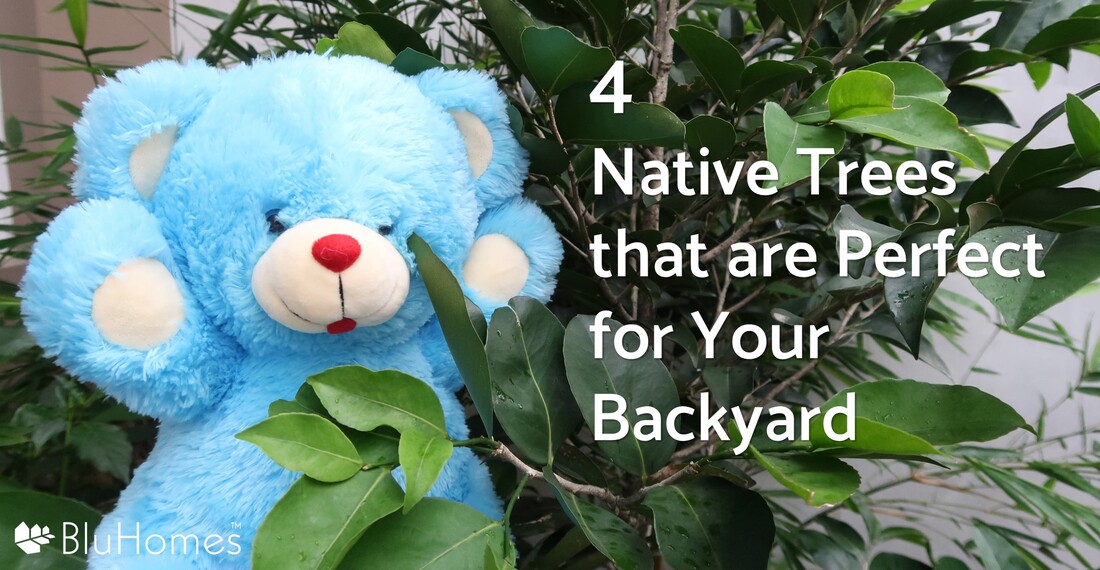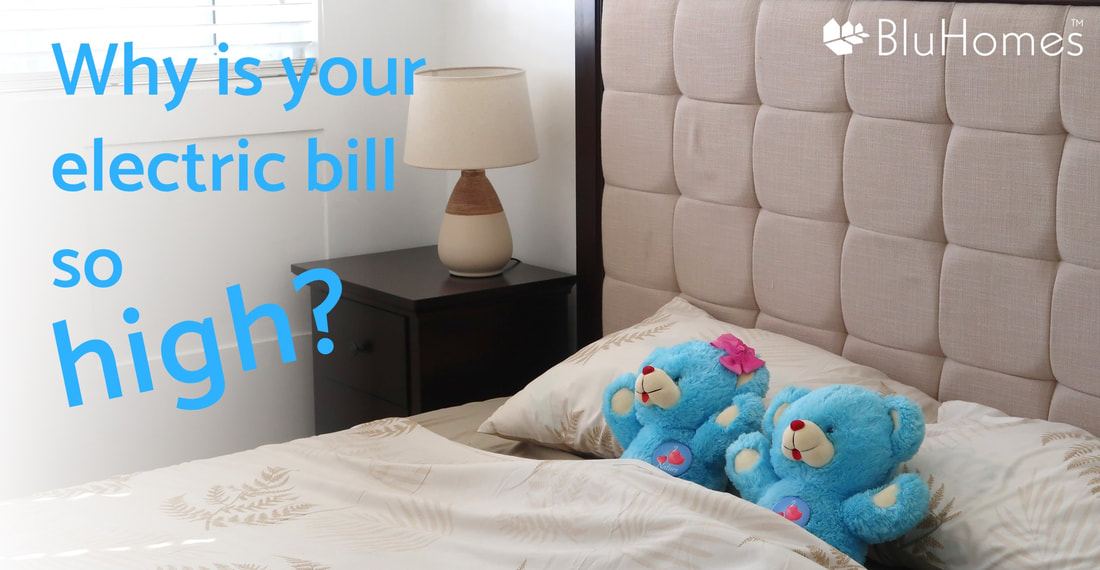|
Your appliances have a secret. They consume electricity even when they are turned off. It is called “phantom load.” These are 6 appliances that typically have unwanted phantom loads and how we can eliminate it to save electricity. 6 appliances that have phantom loads
How do you know if an appliance has phantom load?
When kept plugged, most appliances still eat up electricity even when they are turned off. Notice that when you turn off your appliance and you keep it plugged, there is still some form of light on the appliance. It may be a small red light indicating that your TV, DVD player, printer and scanner are in “standby mode”. It may be a clock showing in your microwave oven. Even though small, these lights still consume a small amount of electricity, and they all add up. How can you eliminate phantom loads?Eliminating phantom loads is fairly easy. When you are not using your appliance, always make sure to unplug them from your electrical outlets. You may also install a disconnect switch, an extension cord with a switch on it, for your convenience so that in one switch, all the plugged loads are instantly disconnected from power. The best way to prevent phantom loads is to install an automatic voltage regulator or AVR. It is more expensive than the ordinary disconnect switch, but this AVR has the capability of preventing electrical surges from your power outlets that might destroy your appliance. However, these AVR and disconnect switch will not eliminate these unwanted phantom loads if you are not aware and mindful about switching them off.
0 Comments
In this article, you will learn why you feel cooler when you wear white clothes and how this can make your home eco-friendly. Do you notice that you feel cooler when you wear white clothes, but when you wear black clothes you feel warmer? This is because of the science of colors and lights. And we can apply these principles in making our homes eco-friendly. The science of colorsThe colors of the rainbow, the ROYGBIV that we all know from preschool, make up what scientists call visible light that our human eyes can see. When light from the sun hits an object that is color blue, what happens is that the object reflects the color blue that we see with our eyes, and all the other colors of the visible light, the ROYGIV without the B, gets absorbed by the object. The more color is absorbed by the object, the hotter the object becomes. When our eyes see a black shirt, no light is reflected and all the ROYGBIV are absorbed by the shirt, making your shirt warmer. When our eyes see a white shirt, all the ROYGBIV are reflected and no light is absorbed, making your shirt absorb less heat.
Colors affect comfort in homesThe same science applies to homes. A home that is color white reflects all the ROYGBIV and no light is absorb, making the home cooler. A home that is color black absorbs all the ROYGBIV, making the home absorb more heat. The lighter the color of the home is, the less heat gets absorbed and the cooler it gets. Because of our warm climate, cooler homes are what we need in the Philippines. This means that a Filipino home needs to be in light colors for the house to be cooler and homeowners will be more comfortable. This will also make the home more energy-efficient and eco-friendly. Why are light colors eco-friendly?Dark-colored houses can make a house warmer as it absorbs the heat coming from the sun. Because of this, homeowners will tend to use more electric fans and air conditioners for them to be comfortable. On the other hand, light-colored houses can make a house cooler. Because of this, homeowners will tend to use less electric fans and air conditioners. With less consumption of electricity, less energy was generated from coal-fired power plants that use up oil, gas and fossil fuels, and less carbon dioxide was emitted to the atmosphere from these plants. The home becomes eco-friendly because it did not contribute to carbon dioxide emission that is the main cause of global warming. This is why the colors of the façade and roof of BluHomes Breeze are very light colors and mostly white, to make the home eco-friendly. Learn more about this eco-friendly townhouse project in Amparo Caloocan by clicking the link below:
Nature has its way of cooling your home so you don’t need to rely so much on air conditioners. It’s called natural ventilation. It’s free and is not harmful to the environment. Here are 4 ways how BluHomes Breeze, an eco-friendly townhouse development in Amparo Caloocan, used natural ventilation to achieve a cool and comfortable home. 1. Casement Windows w/ Insect ScreenThe problem with a typical sliding window is that when you want to open one side, the other side needs to close. Only 50% of the window opening will be opened. To take advantage of natural ventilation, we need to maximize the window opening so more air outside will be able to enter the house. That is why casement windows are used in BluHomes Breeze. These windows are 100% openable, and its arms, when fully-swung outwards, can act like scoops for the breeze passing outside to be funneled inside the house. Also, to encourage the homeowners to open their windows, insect screens are provided on all openable windows. 2. Full Screen DoorsAside from the solid wooden doors at the front and rear of BluHomes Breeze, these doors are also provided with full screen doors. These are aluminum doors installed at the front door and rear door that are fully-screened. This will allow natural ventilation to pass through the house, from front to back, cooling the house naturally and taking advantage of the free air provided by nature. 3. Cross VentilationBelieve it or not, no matter how big your window is, air will not pass through your room if it is only on one side. There needs to be an opening on another side for air outside to pass through your room. This is cross ventilation. To maximize cross ventilation, the rooms in BluHomes Breeze are provided with interior windows that are facing the hallway. This will allow air outside to enter from the exterior windows of the room and exit to these interior windows. And, at the highest ceiling of the house on top of the stairs, there are high openable windows for these breezes to exit the house. This allows for natural breeze to move freely within the house to cool it. 4. Attic VentilationThe attic is the area of the house in between the roof and the second floor ceiling. This is the hottest portion of the house because it receives all the heat coming from the roof. In ordinary homes, the attic is not sufficiently ventilated so all the heat in this area will pass through the ceiling and into the house, making the second floor warm and uncomfortable.
The attic of BluHomes Breeze is fully ventilated by providing the roof eaves with slots or holes. This will allow for the heat to exit to the outside instead of passing through the ceiling and into the house. Natural ventilation doesn’t just make the house cooler and more comfortable, it also makes the house eco-friendly. Since their homes are already cooler, the homeowner will be able to use less air-conditioners and electric fans, reduce their energy consumption, lower their electric bills, and reduce their carbon emissions that contributes to global warming. These types of homes are what we need for the future. Learn more about BluHomes Breeze, an eco-friendly townhouse development in Amparo Caloocan, at www.bluhomes.ph/breeze. In the Philippines, we don’t want the heat outside to go inside our homes. Otherwise, we end up using air-conditioners that consume lots of energy and contribute to carbon emissions that warm the Earth. The way to prevent that is by insulation. Insulation is the process of preventing unwanted temperatures outside to enter through the roof and exterior walls of the house, or what engineers call the building envelope. In the Philippines, this is by preventing heat from passing thought the roof and exterior walls of our house. Here are 4 ways how BluHomes Breeze, a townhouse in Amparo Caloocan, used insulation to make the house cooler and eco-friendly. 1. Super Insulated RoofBluHomes Breeze uses magnesium oxide roof that is 1/4" thick and has a white reflective film on the exposed side. Magnesium oxide is a type of material that has very high insulating properties. When the roof receives heat of 40°C on its exterior side, it will only be 30°C on the inside, making the house cooler and more comfortable. 2. Insulated Exterior WallThe exterior walls at BluHomes Breeze are insulated. Aside from the 6” thick concrete hollow blocks, it also has a 1/4" thick magnesium oxide board insulation on the inner side of the exterior walls, same material as the roof. This prevents heat from penetrating through the exterior walls. 3. Light ColorsSame is true for the homes. The lighter the color of the exterior walls, the less heat is absorbed and the cooler the house gets. That is why the colors of the façade of BluHomes Breeze are mostly white with accents of very light colors. 4. Semi-Landscaped
That is the reason why the front yard of BluHomes Breeze is planted with grass instead of concrete, and its sidewalk is made up of perforated paver blocks with grass to reduce the amount of concrete outside the house. This makes the surroundings of the house cooler.
Insulating the house doesn’t just make the house cooler. It also makes the house eco-friendly. Since their homes are already cooler, the homeowner will be able to use less air-conditioners and electric fans, reduce their energy consumption, lower their electric bills, and reduce their carbon emissions that warm our Earth. These types of homes are what we need in the future. Learn more about BluHomes Breeze, an eco-friendly townhouse development in Amparo Caloocan, at www.aztala.com/bluhomesbreeze. A passive cool house is an eco-friendly house that is cool and comfortable just by its design, without relying on air conditioners. It takes advantage of shading to avoid heat coming from the sun. Here are the 4 shading features of BluHomes Breeze that make it an eco-friendly passive cool house. 1. Super Wide Roof OverhangThe roof overhang of BluHomes Breeze is 1 meter wide, almost double that of the conventional house that is only 0.3 to 0.5 meters. 2. Window Canopy
All windows of BluHomes Breeze has a 0.3-meter deep canopy that blocks direct sunlight from penetrating through the windows. 3. Horizontal Window Blinds
This is what horizontal window blinds are designed to do. You can control the blades to block the sunlight, yet it allows natural air to enter the windows. All operable windows at BluHomes Breeze are provided already with white horizontal window blinds that are made of PVC. 4. North-South Orientation
The front and back faces of the house is not heated, making the house much cooler and more comfortable for the homeowners. Each unit in BluHomes Breeze is oriented facing north or south. This means that the front and back faces do not receive direct sunlight. Since these are townhouse units where another unit is attached to its sides, the right and left sides of the house are also not heated.
Passive cool homes are what we hope for the future of real estate in the Philippines. It takes advantage of the natural surroundings and building science to make the house cooler and much more comfortable without relying on air conditioners. This will lower down our energy consumption and our emission of bad carbon dioxide to the atmosphere. Eco-friendly homes are the best way to move forward. Learn more about BluHomes Breeze, an eco-friendly townhouse development in Amparo Caloocan, at www.bluhomes.ph/breeze. Native trees are trees that have naturally existed in the Philippines for centuries. These are trees that are low maintenance and requires minimal water. Not to mention they are beautiful! However, not all native trees can be planted in your backyard as most of them are tall with huge roots that can destroy your floor and roof gutter. Here are four small native trees that are perfect for your own backyard. 1. Gakakan / Maritima2. Kamuning3. Panalipan4. Champaca / ChampakSince they are native to the Philippines and has adopted to the natural climate, these trees are low-maintenance and require water only during hot and dry seasons. These native trees can make your house more beautiful and greener, give out more oxygen in your surroundings, provide additional shading for your house, and do not require much water to grow. It makes your home eco-friendly.
Why should I buy a nature-friendly product when it is more expensive than a regular product? Why should I care and what’s in it for me?
There’s a lot in it for you than you might think. Buying nature-friendly products is a form of an investment. You give up something now for future benefits. Giving up your money now for it to grow bigger in the future is an investment. Exercising now so that your health will not suffer in the future is also an investment. So is patronizing nature-friendly products. Do you love your family? According to the report of CNN.com: “Climate change could pose ‘existential threat’ by 2050.” That is 30 years from now. Your children and grandchildren will be adults by then. The major problems that they will be facing will not be about their jobs. They will face problems in their health and life. The devastating problems that they will be facing in the future will come from the decisions that we are making now. If we do business-as-usual, if we buy products that do not have any concern about the environment, we are practically creating the problems now that our children and grandchildren will be facing in the future. So why should you choose nature-friendly products even if they are more expensive? Because you don’t want your children and grandchildren to have life-threatening problems that you yourself helped create. Because you want them to have a better future. You should choose nature-friendly products because you love your family. Window screens and full screen doors not only prevent insects from invading your home, they are also good for nature. This is because of the freedom they give.
Having screens in your windows encourages you to open your windows. It gives you a certain comfort and peace of mind that it’s okay to open your windows to let the natural air outside to enter your home, without worrying about insects coming in your home. It’s like letting your home breathe. When you open your windows, you are allowing the natural air outside to come inside to cool your home. You are taking advantage of the free cooling that is already provided by nature. But air will not enter your home if you only have one opening, no matter how big. Air will only pass through your home if there is a window or any sort of opening at the opposite end. It’s called cross ventilation. That’s why you need also to install a full screen door in your front door and rear door to maximize the benefits of cross ventilation. With this setup, you can open your doors with the full screen doors closed and natural breeze can now pass through your home, making it cooler and more comfortable. We all notice that when our home is fully closed, it feels really hot and humid inside. It is because the moisture in the air inside is trapped and it will be very humid. The more humid your home, the more chances for molds and other bacteria can grow inside. These can affect the health of your family. These can be prevented by providing screens to have the freedom to open your windows and exterior doors to lower down the humidity inside your home. This is why all openable windows at BuHomes™ Breeze, a nature-friendly townhouse development in Amparo Caloocan, are already provided with screens. The front and rear doors of BluHomes™ Breeze are also provided with full screen doors. Opening your windows will provide your home with free ventilation and lower down your use of air conditioners and electric fans. Your electric bills will be less and the more savings you will have. The less electricity you consume, the less pollutants and carbon dioxide are released to the environment and the better for nature. Screens in your windows and exterior doors will help you achieve that by having the freedom and peace of mind to open up your home to the outdoors and enjoy its benefits. Ever wonder why it is cooler in the province than in the city? Grass is our friend in cooling the surroundings. Concrete has this characteristic called “thermal mass” that makes the surroundings hot.
Reflectance The heat coming from the sun can bounce from a surface. This is called the “solar reflectance,” the ability of a surface to reflect that solar heat back to the surroundings. Concrete has higher solar reflectance than grass. When solar heat hits the surface of a concrete pavement, more heat is reflected back and the hotter the surroundings will be. Grass, on the other hand, has lower solar reflectance. Less heat is reflected and the cooler your surroundings will be. Photosynthesis Grass eats heat, literally. Through photosynthesis, the grass absorbs the heat coming from the sun and converts it into chemical energy that is needed for it to live. As a waste product, the grass releases oxygen to the environment that is needed for us and other animals to survive. It’s the beautiful cycle of life. Not to mention, grass also eats carbon dioxide from the atmosphere, which is the main cause of global warming. Visual Grass is visually cooling our minds and our hearts. For tens of thousands of years, human beings have been seeing green all around them. Green has always been the color of our home in past. However, until recently, we have seen less of this green around us. All we see now are buildings and roads, and we miss the feeling of being at-home with green surrounding our lives. Whenever we see green, our mood is enhanced and we feel more energy in our blood, according to studies. This is why grass is visually cooling our minds and our hearts. Thermal Mass Concrete has this characteristic called “thermal mass” where, during hot days it absorbs and stores the heat inside its body, and during the time when it is cooler it releases it to the surroundings. This is why you feel hot during night time when there is no sun. This is because the concrete in your house is releasing the heat that it absorbed in the morning. Grass, on the other hand, has virtually zero thermal mass. Heat Island Effect Concrete is the main cause of heat island effect. This phenomenon is the reason why it is cooler in the province than in the city, and it has been scientifically proven. There are plenty of reasons why this is happening. First, there are more human activities in cities than in provinces. Second, there are much more pollution and carbon dioxide in cities. And third, grass is cooler than concrete. Nature-Friendly Planting grass in your backyard is the simplest way that you can do to help climate change. It will benefit you because your house will be cooler compared to using concrete and it will give you a cooler feel. It will also benefit the environment as grass can help reduce carbon dioxide, lower the global warming, and produce oxygen that we all need in our lives. BluHomes™ is inspired to help the world by providing homes that are beautiful, nature-friendly and inspiring. In its first project called BluHomes Breeze, a townhouse development in Amparo Caloocan, the front yard is already provided with grass for the homeowners to enjoy and benefit from. The sidewalk in the development is made up of perforated paver blocks with grass, so it is not plainly concrete. This is why BluHomes™ is cool. We spend about 15% of our income to electric bills! Even if we receive salary increases annually, the cost of electricity also increases with it. It’s hard to accept that the cost of electricity will never go down unless we do something about it. Ever wonder why your electric bill is so high in your home? There are many sources that eat up our electric consumption, and here are the 4 major reasons. 1. Air conditionersMore than 50% of our electric consumption comes from air conditioners. There are two reasons why. First, we consume high loads of air conditioners because it is very hot and humid here in the Philippines. We cannot do something about this. The second reason is because our homes are poorly designed such that we have no choice but to rely on air conditioners. We can do something about this! 2. Cost of electricityThe cost of electricity in the Philippines is increasing every year. Believe it or not, it will continue to rise and will never go down, never! It might decrease a little bit but it will increase twice the next time. This is because of the law of supply and demand. 55% of our electricity comes from coal, oil and gas. These are non-renewable resources. They are depleting day by day the more we use electricity. It is estimated that in 55 years, our coal, oil and gas will run out. As the law of supply and demand states, the lower the amount of coal, oil and gas, the higher its cost will be. Not to mention that these non-renewable resources are dirty and destroying our environment. That is why our electricity cost will not go down, UNLESS we resort to renewable energy sources such as solar, wind, water, geothermal and biomass. Since these are renewable and will never be depleted, its cost will now increase. 3. Not being mindfulWe, the users of our homes, are also one of the major reasons why our electric bills are so high. It is because we are not mindful of using our electricity properly and efficiently. We do not care if we do not turn off the lights in our rooms when we leave. We do not care about turning the TV off when not using it. We leave our air conditioners on even if the room is vacant. We live and act as if these are free and unlimited. Be mindful about your consumption of electricity. Remember that it is very costly and not free. Remember that is eats up 15% of our income. Remember that the more electricity we consume, the more pollution we release in the environment. 4. Poor designWhat’s worse, most homes in the Philippines are poorly designed such that its interior rely on air conditioners to cool it. There are no insulation on the roof and exterior walls. There is no proper cross ventilation. Roofs are made up of metal that has high conductivity to heat. Most homes in the Philippines do not have solar panels. Our homes are designed to be costly.
Good thing some developers are trying to solve this. BluHomes Breeze, a townhouse development in Amparo Caloocan, are properly designed to be energy efficient and nature-friendly. Its roof and walls are made up of Magnesium Oxide material that is highly insulated and does not allow heat to penetrate through it. It is designed for maximum cross ventilation and takes into consideration the movement of air inside the house. The roof and the exterior walls are mainly white to reflect the heat from the sun. More features of BluHomes Breeze can be found in www.bluhomes.ph/breeze. |
Eco Friendly HomesBluHomes are eco-friendly homes certified as green building developments. See the latest eco-friendly developments of BluHomes by clicking here:
Archives
February 2024
|









